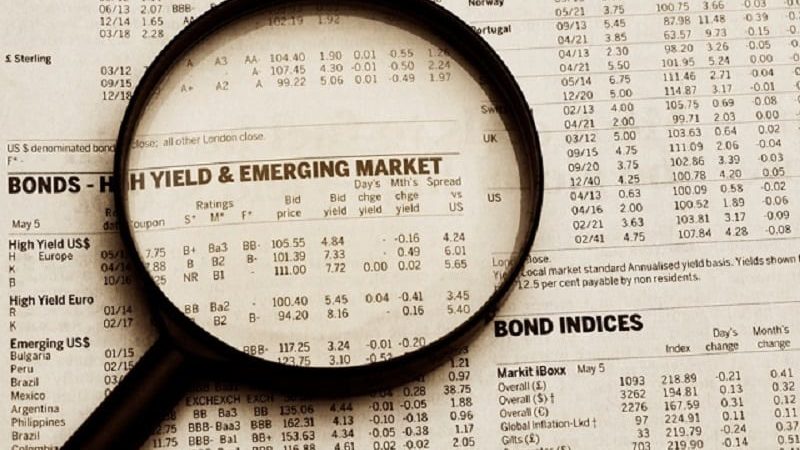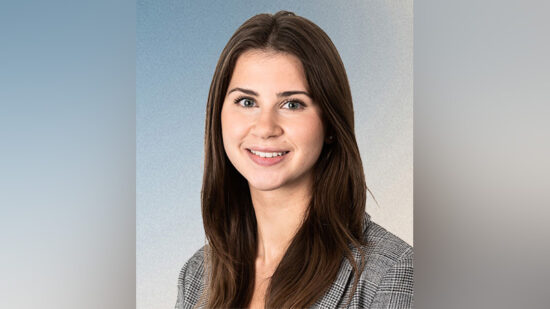Emerging markets asset manager Ashmore Group reported its assets under management (AUM) grew $300m (£233m) during the three months to 31 December 2018 as net inflows which offset the impact of weaker global markets.
Ashmore saw net inflows of $500m (£389m), primarily from equities, corporate debt products, multi asset and overlay/liquidity themes. Negative performance delivered a $200m (£155m) hit to AUM, specifically in alternatives and external debt.
Stuart Duncan, analyst at Peel Hunt, said: “Whilst net flows slowed in the quarter, this was against a challenging market backdrop.”
Total AUM increased by 0.4% over the quarter to $76.7bn (£59.5bn).
Duncan added: “Investment performance was modestly negative in aggregate for the quarter, reflecting the weaker global market conditions in October, with positive performance delivered over the rest of the quarter.”
Peel Hunt has retained its buy recommendation due to negative sentiment towards the stock, he said.
Ashmore benefits from low EM allocations
The group said local currency delivered positive investment performance, benefiting from a weakening US dollar, and performance was flat in equities, corporate debt and overlay/liquidity. Each of the other themes had slightly negative performance over the three months.
Mark Coombs, chief executive officer at Ashmore, said client flows remain resilient due to investors’ very low allocations to emerging markets and recognition of the value available.
He added: “The effect of tax-related stimulus on the US economy and its support for the US dollar started to fade towards the year end, removing the main headwind for emerging markets outperformance.
“The reduction in emerging markets asset prices despite improving economic growth suggests underweight investors will continue increasing allocations to emerging markets, and a return to the positive market trends experienced in 2016 and 2017.”







